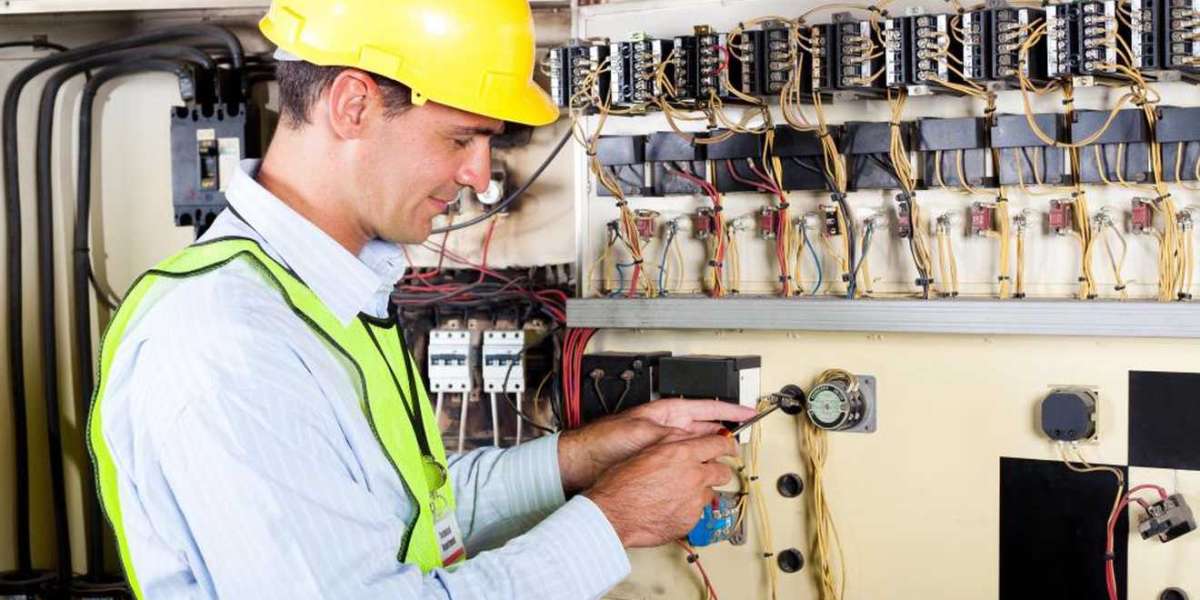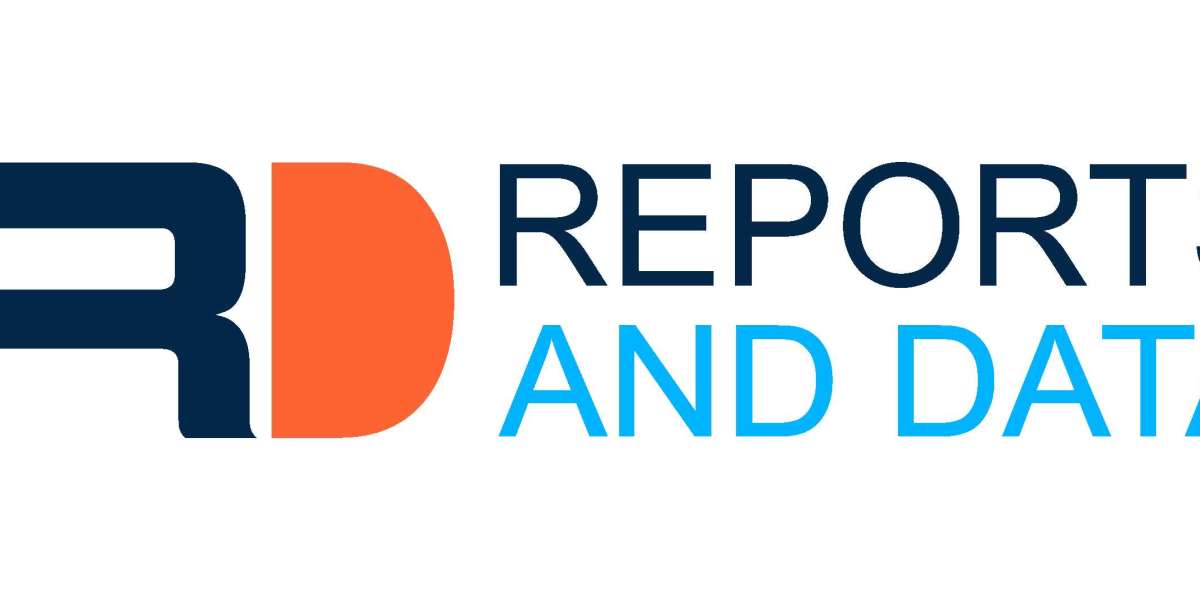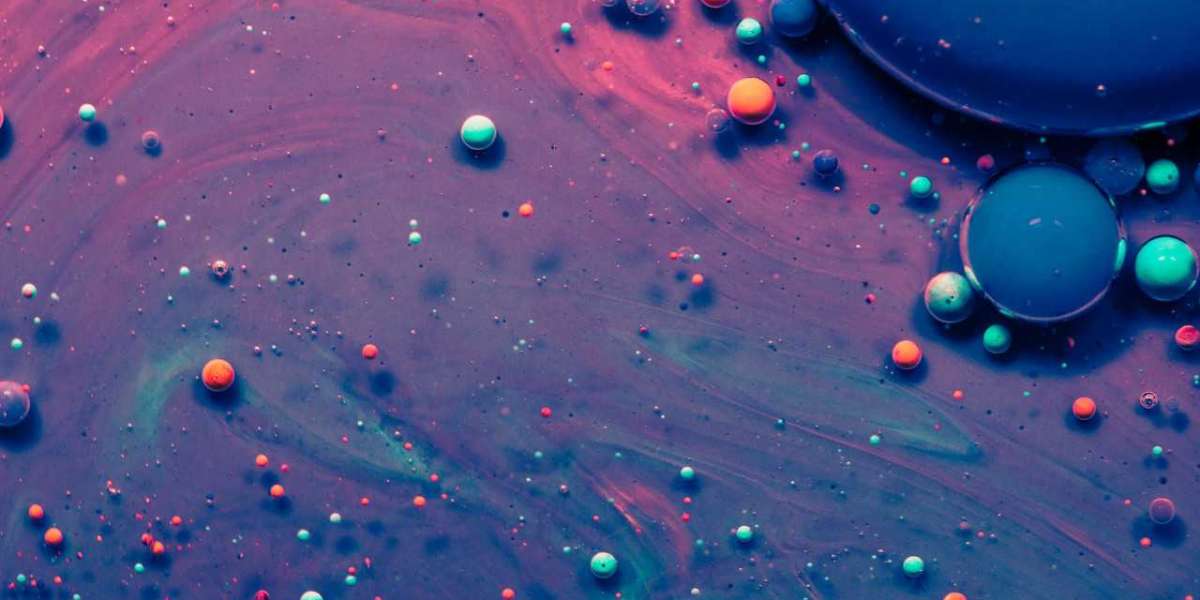Chloroquine phosphate, an established anti-malarial drug, has garnered significant attention in recent years due to its potential applications beyond malaria treatment. The production process of chloroquine phosphate involves several intricate steps, each contributing to the overall production cost. Understanding the production cost is crucial for manufacturers aiming to optimize their operations and remain competitive in the pharmaceutical market. This article delves into the detailed production process of chloroquine phosphate, providing insights into the associated costs and key factors influencing these expenses.
Manufacturing Process and Report
The manufacturing of chloroquine phosphate involves a series of chemical reactions and purification processes. Below is a comprehensive overview of the typical steps involved:
Request For Sample: https://www.procurementresource.com/production-cost-report-store/chloroquine-phosphate/request-sample
1. Sourcing Raw Materials
The production begins with the procurement of high-quality raw materials. The primary raw materials required include 4,7-dichloroquinoline, 1-(4-aminopentyl)-aminoethanol, phosphoric acid, and other reagents. The quality and purity of these raw materials are paramount, as they directly impact the efficacy and safety of the final product.
2. Synthesis of Chloroquine Base
The first major step in the manufacturing process is the synthesis of chloroquine base. This involves the reaction of 4,7-dichloroquinoline with 1-(4-aminopentyl)-aminoethanol under controlled conditions. The reaction is typically carried out in a solvent such as ethanol or methanol, with the addition of a catalyst to facilitate the process. The mixture is heated to a specific temperature to promote the reaction, resulting in the formation of chloroquine base.
3. Purification
Once the chloroquine base is synthesized, it undergoes a purification process to remove impurities and by-products. This is typically achieved through crystallization or recrystallization techniques. The purified chloroquine base is then dried to eliminate any residual solvents.
4. Conversion to Chloroquine Phosphate
The purified chloroquine base is then reacted with phosphoric acid to form chloroquine phosphate. This step requires precise control of pH and temperature to ensure complete conversion. The reaction mixture is stirred continuously to promote uniform mixing and prevent the formation of unwanted by-products.
5. Filtration and Drying
The chloroquine phosphate formed in the previous step is filtered to separate the solid product from the reaction mixture. The filtered product is washed with a suitable solvent to remove any remaining impurities. The washed product is then dried under vacuum to obtain chloroquine phosphate in its pure form.
6. Quality Control
Quality control is an integral part of the manufacturing process. Samples of the final product are tested for purity, potency, and compliance with regulatory standards. Advanced analytical techniques such as High-Performance Liquid Chromatography (HPLC) and Mass Spectrometry (MS) are employed to ensure the product meets the required specifications.
7. Packaging and Storage
The final product, chloroquine phosphate, is then packaged in appropriate containers to prevent contamination and degradation. It is stored under controlled conditions to maintain its stability and efficacy until it is ready for distribution.
Raw Material Costs
The cost of raw materials is a significant component of the overall production cost of chloroquine phosphate. Below is a breakdown of the key raw materials and their associated costs:
1. 4,7-Dichloroquinoline
4,7-Dichloroquinoline is a crucial starting material in the synthesis of chloroquine base. The cost of this compound is influenced by factors such as the supplier, purity grade, and market demand. On average, the cost of 4,7-dichloroquinoline can range from $50 to $100 per kilogram.
2. 1-(4-Aminopentyl)-aminoethanol
This compound is another essential raw material for synthesizing chloroquine base. The cost varies based on the source and purity, typically ranging from $70 to $120 per kilogram. Bulk purchasing can sometimes reduce the cost per unit.
3. Phosphoric Acid
Phosphoric acid is used in the conversion of chloroquine base to chloroquine phosphate. The cost of phosphoric acid is relatively lower compared to the other raw materials, generally ranging from $10 to $30 per kilogram, depending on the concentration and supplier.
4. Solvents and Catalysts
Solvents such as ethanol or methanol and catalysts used in the reaction processes also contribute to the raw material costs. The cost of solvents can range from $5 to $20 per liter, while catalysts can vary widely in price depending on their type and efficiency.
5. Other Reagents and Consumables
Other reagents and consumables used in the purification and quality control processes, such as filtration media and analytical reagents, add to the raw material costs. These expenses are usually minor compared to the primary raw materials but are essential for ensuring the quality of the final product.
Conclusion
The production of chloroquine phosphate is a complex process that involves multiple steps, each contributing to the overall production cost. Understanding the intricacies of the manufacturing process and the associated raw material costs is crucial for optimizing production and maintaining cost-efficiency. By meticulously managing these aspects, manufacturers can ensure the production of high-quality chloroquine phosphate while remaining competitive in the pharmaceutical market.








